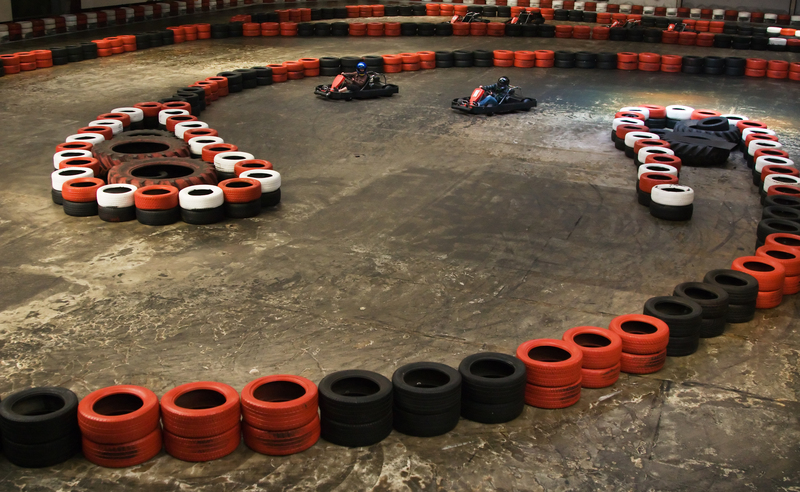Sustainable living: How upcycling can save money and reduce waste
Posted on 01/03/2024
In recent years, there has been a growing awareness and concern about the effects of our consumption habits on the environment. As a result, many people are turning to sustainable living practices in an effort to reduce their carbon footprint and live a more environmentally-friendly lifestyle. One aspect of sustainable living that has gained traction in recent years is upcycling. This process involves taking old or discarded items and transforming them into something new and useful. Not only does upcycling reduce waste, but it can also save money in the long run. In this article, we will explore the concept of upcycling, its benefits, and how it can contribute to sustainable living.
The concept of upcycling
Upcycling is essentially the process of repurposing or reusing old materials to create something new and functional. Unlike recycling, which breaks down materials to make new products, upcycling retains the original form of the item while giving it a new purpose. This can be done with a wide range of materials such as clothing, furniture, household items, and even electronic devices. Upcycling requires creativity, innovation, and a willingness to think outside the box.

The benefits of upcycling
1. Reducing waste
The most obvious benefit of upcycling is its positive impact on the environment. By repurposing old items instead of throwing them away, we can significantly reduce the amount of waste that ends up in landfills. According to the Environmental Protection Agency, each year Americans generate over 262 million tons of waste, with only about 67 million tons being recycled or composted. Upcycling not only reduces this waste but also decreases the energy and resources needed for manufacturing new products.
2. Saving money
Another significant advantage of upcycling is its potential for cost savings. By repurposing old items, you can avoid the expenses of buying something new. For example, instead of buying a new piece of furniture, you can upcycle an old one by sanding and repainting it to give it a fresh look. Additionally, upcycling can also save money on household items such as cleaning supplies, as you can make your own using ingredients you may already have at home.
3. Encouraging creativity
Upcycling requires creative thinking and problem-solving skills. It encourages individuals to look at things in a new light and find unique ways to use items that would otherwise end up in the trash. This not only promotes personal innovation but also teaches us to be resourceful and think sustainably.
Tips for upcycling
- Start small: If you are new to upcycling, start with simple projects and gradually work your way up to more complex ones.
- Do your research: There are plenty of DIY tutorials and ideas for upcycling available online. Take some time to explore and see what inspires you.
- Be patient: Upcycling takes time, so don't get discouraged if your project doesn't turn out perfectly the first time. Keep practicing and honing your skills.
- Use environmentally-friendly materials: When choosing materials for your upcycling projects, opt for eco-friendly options that are safe for both you and the environment.
- Get creative: Don't be afraid to experiment and think outside the box. You never know what unique creations you might come up with.
The downside of upcycling
While there are many benefits to upcycling, there are also some downsides to consider. First, upcycled products may not always have the same quality or durability as brand new items. This is something to keep in mind when using upcycled products for everyday use. Additionally, upcycling may not always be possible for certain items, and some projects may require specialized tools or skills. It's also important to note that upcycling should not be seen as a replacement for proper recycling practices.

The takeaway
Upcycling is a simple yet effective way to contribute to sustainable living. It reduces waste, saves money, promotes creativity, and encourages us to think about our consumption habits. By incorporating upcycling into our daily lives, we can make a positive impact on the environment while also enjoying the benefits of cost savings and personal fulfillment.
Conclusion
In conclusion, upcycling is much more than just a trendy DIY project. It is a practical and meaningful way to reduce waste, save money, and promote sustainability. With some creativity, patience, and a willingness to try new things, anyone can incorporate upcycling into their lifestyle and contribute to building a more environmentally-friendly future. So why not give it a try? You might be surprised by the amazing creations you can come up with while making a positive impact on the planet.



